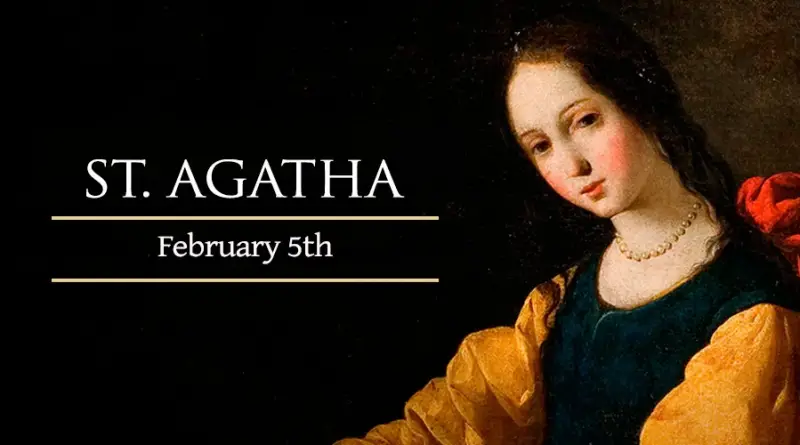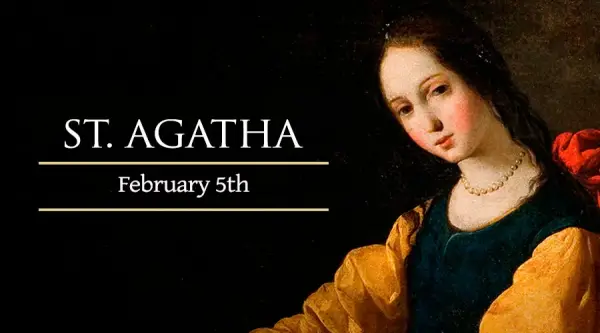The Feast of Saint Agatha in Catania – February 3rd to the 5th
The Feast of Saint Agatha in Catania – February 3rd to the 5th
The Feast of Saint Agatha in Catania is a veritable institution in the city. The highlight of the festival is 5 February, with the procession of the patron saint’s relics that ends the next morning.
The story of Saint Agatha, or Sant’Agata, whom the people of Catania affectionately call Santuzza, begins in the 3rd century.
At the age of 15, Agata made a vow to God by donning the red veil worn by consecrated virgins.
As she grew up, however, the proconsul Quinziano fell in love with her, and when Agatha rejected him, he publicly accused her of being a Christian and put her on trial. She was tortured, and died on 5 February 251.
3 February: the wax offering and Candlemas
The festival begins on 3 February with the wax offering and the Candlemas procession through the streets of the city centre. The tall, richly decorated Baroque candelabras represent the city’s ancient guilds. They parade in a precise order and move with a gait known as ‘annacata’. The 18th-century carriage of the ancient Catanese Senate is also paraded.
4 February: the Messa dell’Aurora (Dawn Mass)
From the early hours of the morning, the streets of the city and the Cathedral of Saint Agatha in Catania are crowded with devotees wearing the traditional ‘sacco’ (sack), a white tunic with a black cap reminiscent of the night dress in which the citizens took to the streets when the saint’s relics returned to Catania in 1126.
After the mass, held at dawn, the saint’s relics are transferred onto the silver ferculum, a canopy adorned with red carnations, the symbol of martyrdom, and carried in procession to Saint Agatha’s sites in Catania: the ancient cathedral of Sant’Agata la Vetere, the church of Sant’Agata al Carcere and the church of Sant’Agata alla Fornace.
5 February: the procession of Saint Agatha in Catania
The procession on 5 February lasts all night long. Saint Agatha’s ferculum is pulled by long white cords and now adorned with white carnations, a symbol of purity. It is followed by thousands of devotees carrying large lighted candles and shouting ‘Semu tutti devoti tutti? Cettu cettu’ (Are we all devout? Of course, of course), as well as tourists from all over the world.
The most famous pastries are the minne di Sant’Agata, small cassatas in the shape of the breasts that were cut off the saint by her torturers.
Also worth tasting are the olivette di Sant’Agata, small morsels of almond paste coloured with green. They recall the legend that an olive tree that appeared out of nowhere hid the saint, and offered her its fruit for nourishment when Agatha, fleeing from Quinziano’s soldiers, stopped to tie her shoe. The streets of the city are also lined with stalls selling doughnuts, flavoured handmade sweets and nougat.
From
This site contains product affiliate links. We may receive a commission if you make a purchase after clicking on one of these links.



